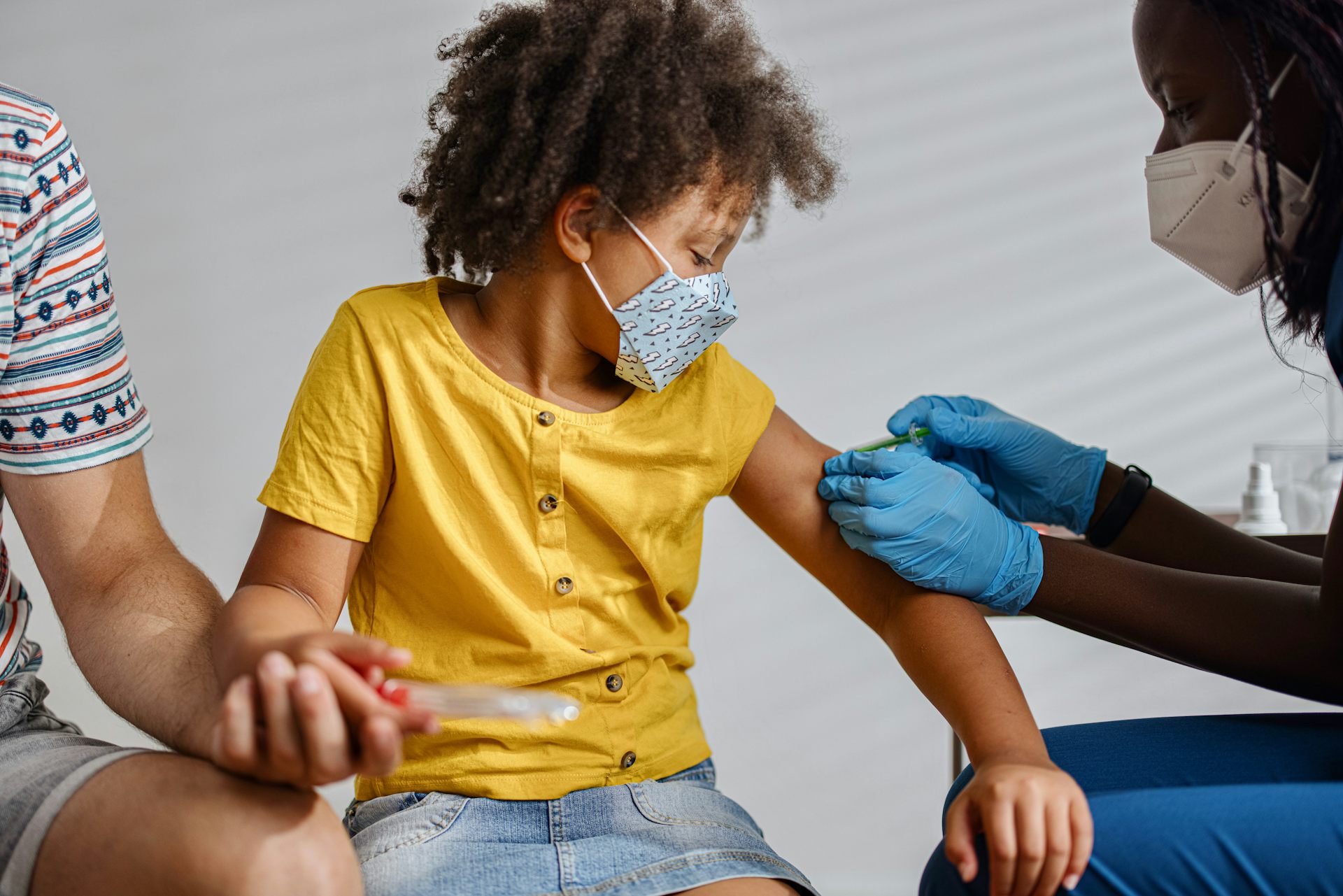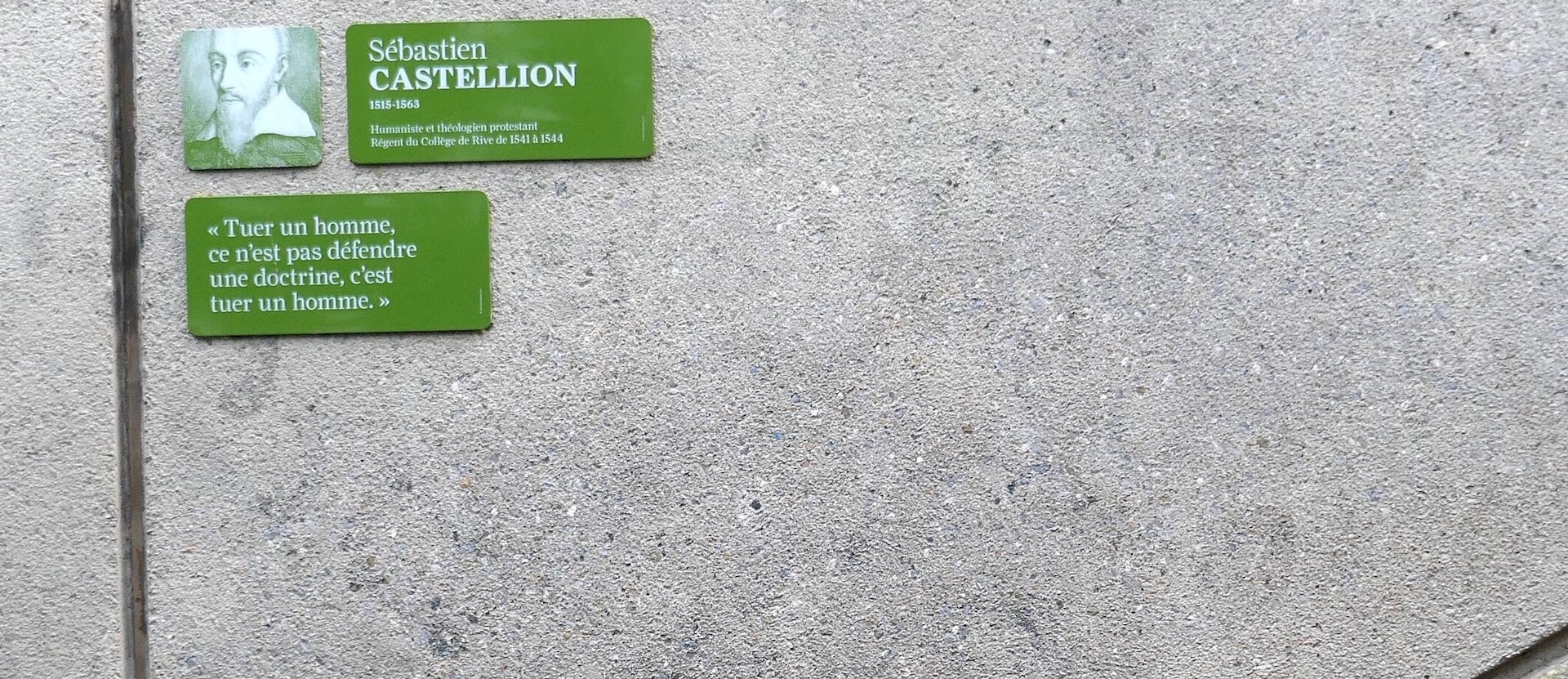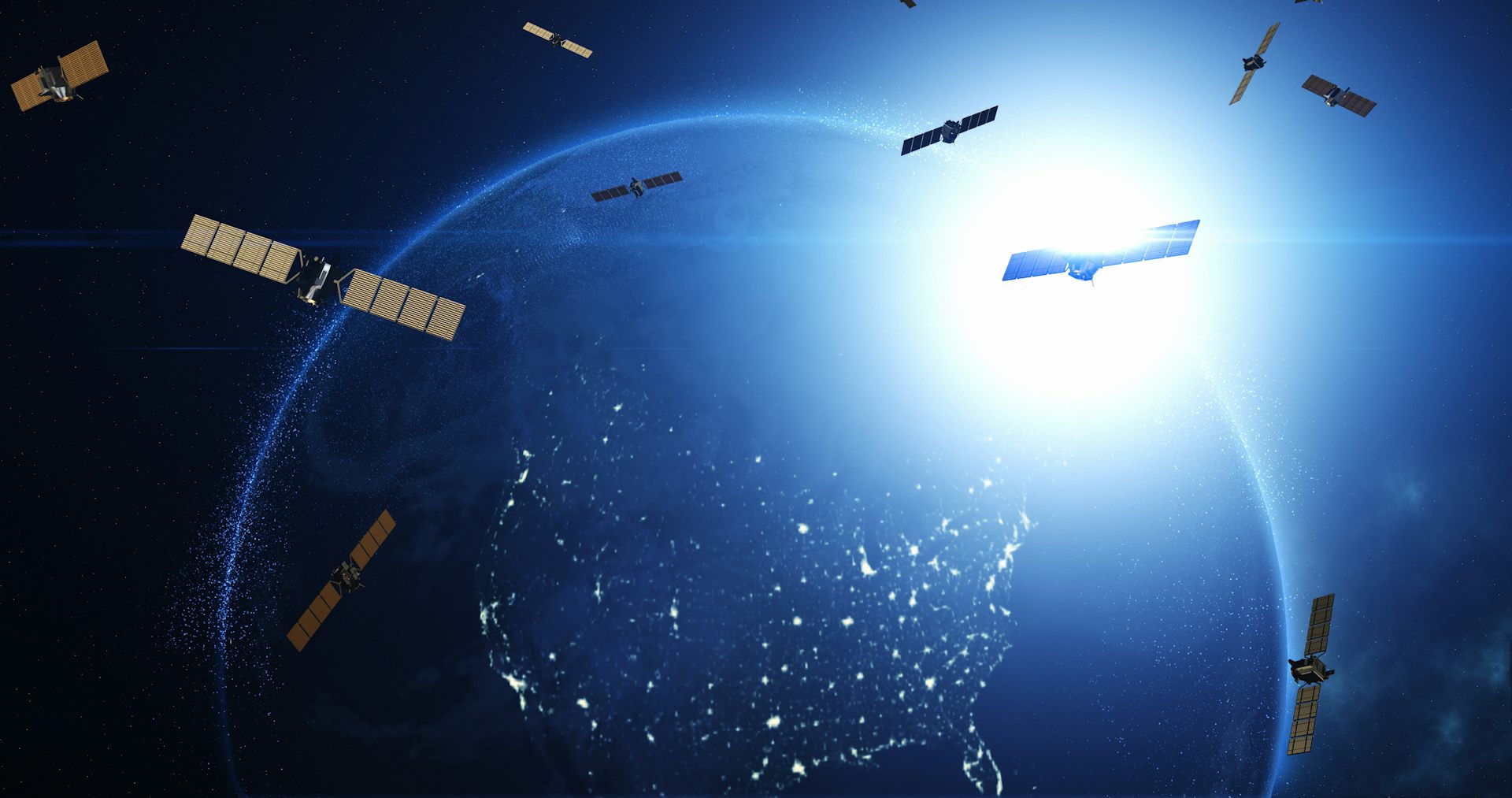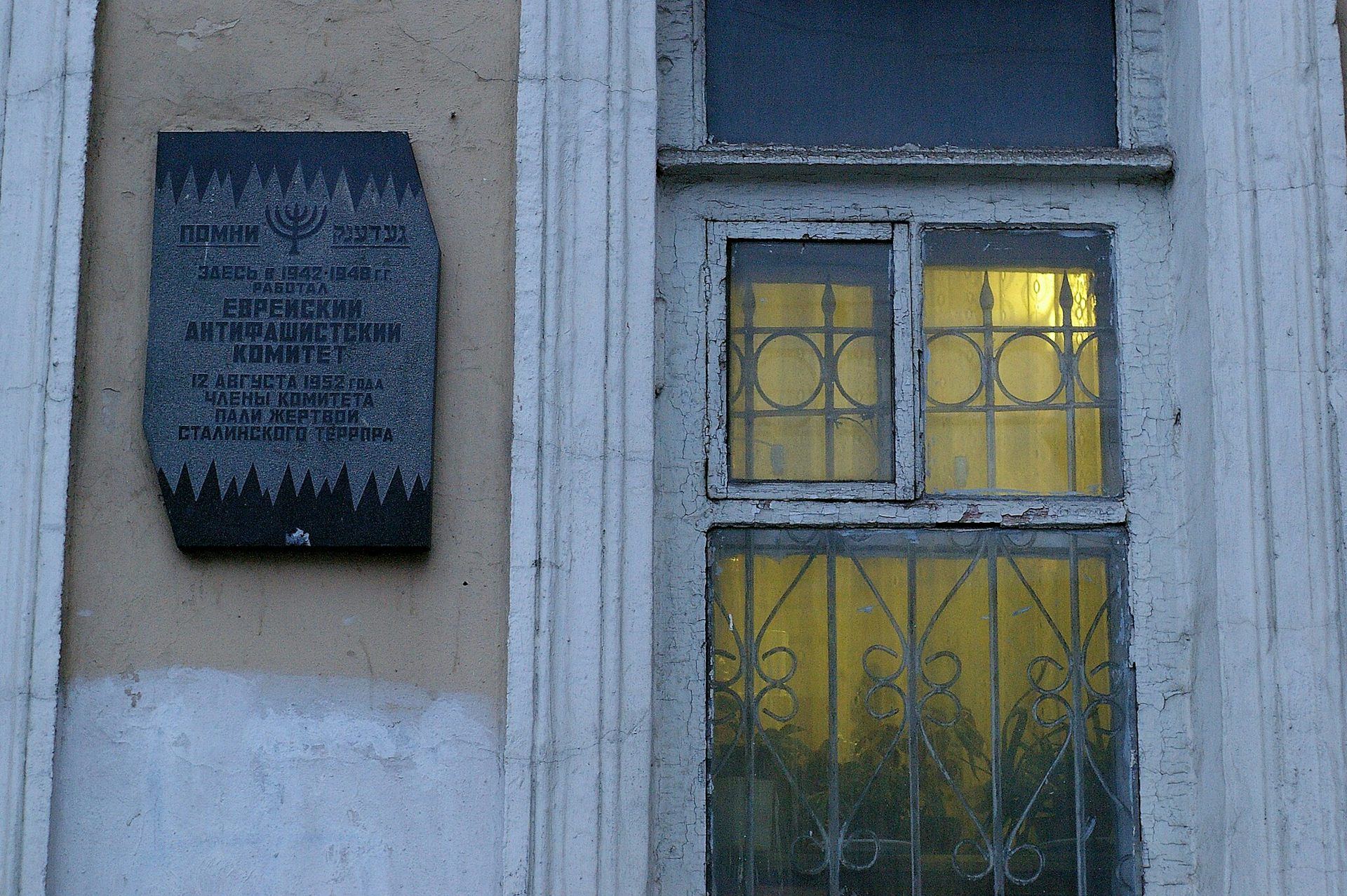Puerto Rico two months after Maria: 5 essential reads
Scholars answer key questions about Puerto Rico in the aftermath of Huricane Maria, which destroyed the island two months ago.
Editor’s note: The following is a roundup of stories from The Conversation’s archive.
On Sept. 20, 2017, Hurricane Maria tore across Puerto Rico. The Category 4 storm was so massive – 300 miles wide – that it enveloped the island entirely, battering it with 155 mph winds and dropping almost two feet of rain.
The next day, Puerto Ricans awoke to a radically altered reality. Two months after the storm, the island still faces shortages of food, water, electricity, transportation, cell service and medical services – an American humanitarian crisis that even today shows few signs of improvement.
Here, experts answer five key questions about Puerto Rico in the aftermath of Hurricane Maria.
1. What has life been like since the storm?
For Puerto Ricans who stayed on the island, life has been extraordinarily hard. Just finding enough food and water to survive can be a daily struggle, especially for people in rural areas and places cut off from help by washed-out bridges or mudslides.
Evelyn Milagros Rodriguez, a librarian at the University of Puerto Rico’s Hucacao campus, offers an insider’s view of what life is like on the island’s eastern shore (in Spanish here).
She hasn’t been able to go to work since the storm, she says, because the library is “mold-infested and the roof is leaking. The mold has gotten into our collection…most of the furniture and computers will have to be replaced.”
After three weeks of a near-total communication blackout, radio, television, telephones and internet are starting to recover. Still, Rodriguez says, electricity comes and goes, and “it took me more than two weeks just to write this article, between finding somewhere to charge my laptop and locating an internet connection strong enough to research the data and send a file by email.”
Hurricane Maria demolished an estimated 100,000 homes and buildings, and 90 percent of the island’s infrastructure is damaged or destroyed.
It’s also unsafe to venture outside at night. An island-wide curfew was lifted in October, but without streetlights, stoplights or police, driving and walking are dangerous after dark.
“Nothing is easy,” Rodriguez reports.
2. Why are things still so bad?
After a decade of fiscal decline and a May 2017 bankruptcy, Puerto Rico was exceptionally vulnerable by the time Maria hit. Before the hurricane, people already struggled with food insecurity, poor health care and crumbling public infrastructure, the result of both damaging U.S. policy and deepening financial crisis.
Now these problems are complicating Puerto Rico’s recovery, asserts Lauren Lluveras, a policy analyst at the University of Texas, Austin.
Lluveras, whose family is Puerto Rican, notes that in addition to preexisting financial hardship, a lackluster federal relief effort has made storm recovery much harder. The Trump administration delayed dispatching military personnel and material relief until after the hurricane made landfall and allowed a waiver to the Jones Act – a law dictating that only U.S.-made or U.S.-staffed vessels can do commerce in American waters – to lapse.
That “reduce[s] the number of ships that can bring aid to the island,” she says. Both of these federal actions “have slowed Puerto Rico’s recovery considerably.”
On Nov. 13, Puerto Rico’s governor asked the federal government for US$94.4 billion in aid. Previously, Congress had approved just $5 billion in disaster funding for Puerto Rico.
3. Why is the power still out?
Two months after Hurricane Maria, something like 75 percent of Puerto Ricans still don’t have electricity. At times, hundreds of thousands of households – particularly in San Juan and other urban areas – have seen power restored, only to be plunged into darkness again by a system failure.
That’s because almost half of Puerto Rico’s power generation comes from “old, very expensive oil-fired plants,” writes Peter Fox-Penner, director of Boston University’s Institute for Sustainable Energy.
Before it went bankrupt in 2017, PREPA, the island’s sole energy provider, had been hoping to upgrade these aged facilities and incorporate renewable energy sources like solar and gas. Then Maria knocked out the entire grid, and all of PREPA’s resources have gone toward just getting Puerto Rico’s lights turned back on.
The island’s extended outage is “a humanitarian crisis that has yet to be resolved,” Fox-Penner writes. He believes that any hope of Puerto Rico emerging from this storm with a greener, more durable grid – one better able to withstand future hurricanes – have been dashed.
On Nov. 17, PREPA’s director resigned.
4. How does living without power for so long affect people?
Shao Lin, Professor of Public Health at SUNY-Albany, has researched how prolonged blackouts impact health. She believes that Puerto Ricans can expect to see numerous lasting effects from this power outage, including mental health issues.
After Hurricane Sandy, the power was out for about 12 to 14 days in some parts of New York City. For months afterwards, Lin found, residents reported more emergency department visits due to anxiety and mood disorder. They were also more prone to excess drinking and problematic drug use.
The power outage in Puerto Rico has already lasted eight weeks, much longer than the blackout in New York City.
As a result, “We should expect to see a corresponding increase in disease – not only mental health issues, but also diseases that depend on electricity for treatment, such as renal failure, asthma and chronic obstructive pulmonary disease,” warns Lin.
5. Will this crisis change how the US treats Puerto Rico?
Pedro Caban, a professor at SUNY-Albany, thinks that the appalling aftermath of Hurricane Maria could improve Puerto Rico’s political status, moving the needle on longstanding harmful American policies.
Puerto Rico is an unincorporated territorial possession of the United States, meaning that the Puerto Rican government exercises only those powers that the Congress allows. “In other words,” says Caban, “it is still a colony.”
The humanitarian crisis there has prompted the Puerto Rican diaspora in the U.S. to fight for their island. They are actively lobbying against some of the most restrictive colonial policies, among them the Jones Act and the oversight board that has controlled Puerto Rico’s budget since it declared bankruptcy earlier this year.
This could be a “watershed moment that redefines U.S. treatment of Puerto Rico,” writes Caban.
Beyond pressuring local officials and the federal government, Puerto Ricans across the U.S. have organized a nationwide campaign to raise funding and collect donations for Puerto Rico. An outraged and emboldened diaspora, it turns out, may finally get the federal government to resolve Puerto Rico’s damaging colonial status.
Read These Next
FDA claims on COVID-19 vaccine safety are unsupported by reliable data – and could severely hinder v
The agency’s plan to change the well-established process for safety testing vaccines is not realistic.
Why one theologian’s advice for a bitterly divided nation holds true today
Sebastian Castellio penned one of the first arguments for religious freedom – but it went unheeded…
Google’s proposed data center in orbit will face issues with space debris in an already crowded orbi
Google’s Project Suncatcher would need sophisticated collision avoidance capabilities to navigate…






